Los Angeles scuba divers might expect to encounter marine life such as fish, sea lions, and giant kelp forests.
However, just off the coast, there lies a vast graveyard of old, rusting barrels filled with radioactive chemical waste.
What’s Inside the Barrels?
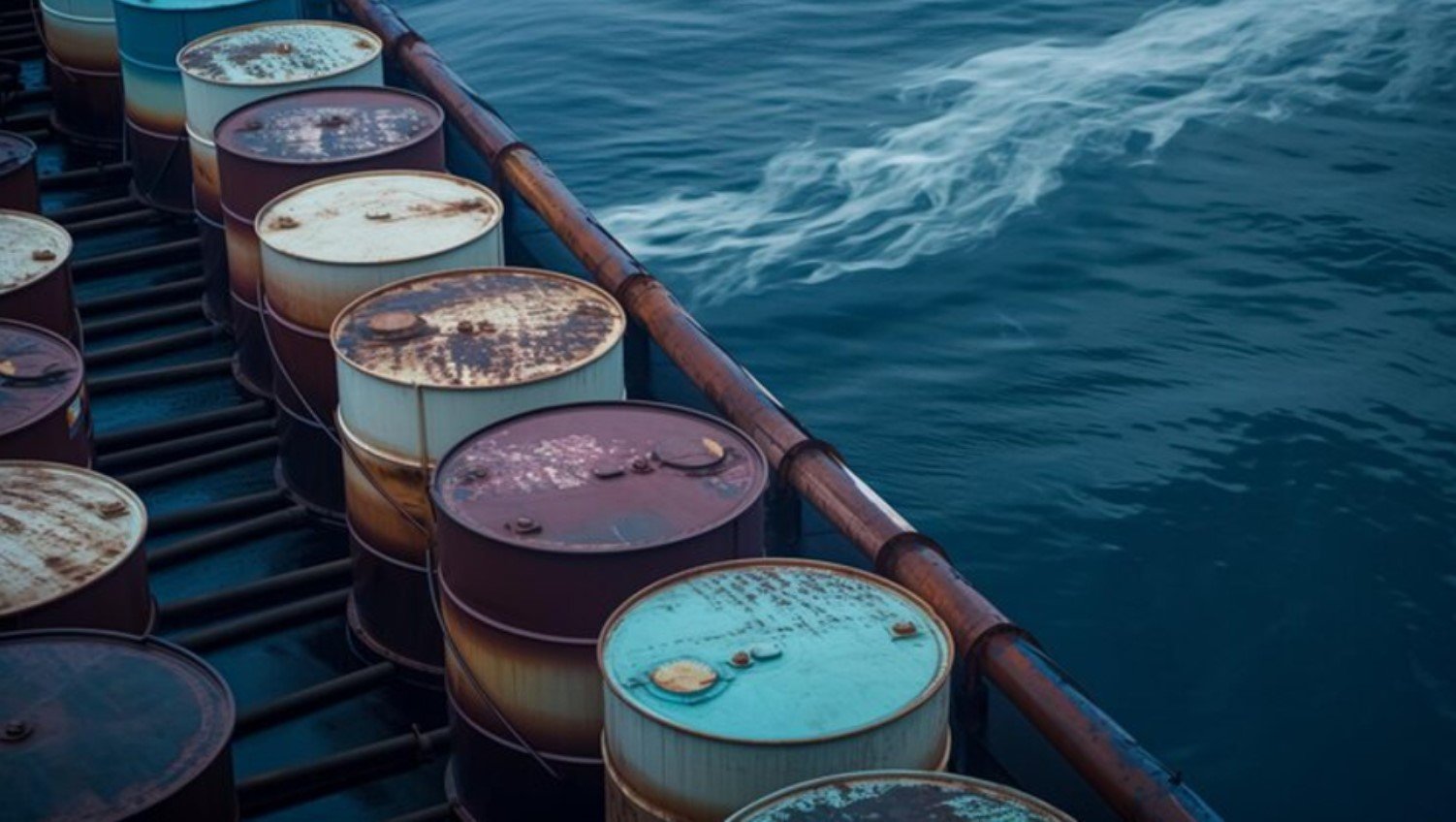
According to Phys.org, scientists investigating the site discovered that these barrels likely contain radioactive waste.
During the 20th century, it was common practice to dump toxic waste from hospitals, laboratories, and industrial manufacturers into the ocean.
Radioactive Waste Dumped Close To The Coast

Researchers believe that the companies responsible often dumped the waste much closer to the shore than regulations allowed.
In addition to radioactive waste, significant amounts of dichlorodiphenyltrichloroethane (DDT) were found around the barrels.
Military Explosives Also Dumped in Southern California Sites

Kassim Traoré
The EPA’s review of historical records revealed that several dumping sites in Southern California also received military explosives, radioactive waste, and toxic refinery byproducts, as reported by the Los Angeles Times.
These chemicals are extremely harmful to marine life and do not degrade over time. DDT, banned in the 1970s following Rachel Carson’s book “Silent Spring,” remains active and poses significant threats to marine environments.
Carson’s “Silent Spring”

Rachel Carson spent four years completing “Silent Spring,” in which she meticulously detailed how DDT infiltrated the food chain, accumulating in the fatty tissues of animals, including humans, and leading to cancer and genetic damage.
She explained that a single application on crops could kill insects for weeks or months, affecting not only the intended pests but many other species as well. Even after being diluted by rainwater, DDT remained toxic in the environment. Carson concluded that DDT and other pesticides had caused irreversible harm to animals and contaminated the global food supply.
DTT Causing Cancer In Sea Lions
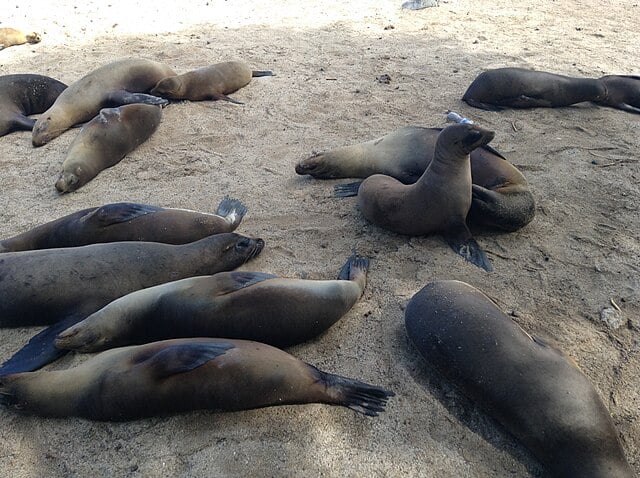
MusikAnimal
A recent study linked the persistent presence of DDT to an aggressive cancer in California sea lions.
According to the Marine Mammal Center (MMC), three decades of study have revealed that one in four post-mortem examinations of adult California sea lions (Zalophus californianus) showed the presence of urogenital carcinoma.
Sea Lions’ Lives Are Threatened
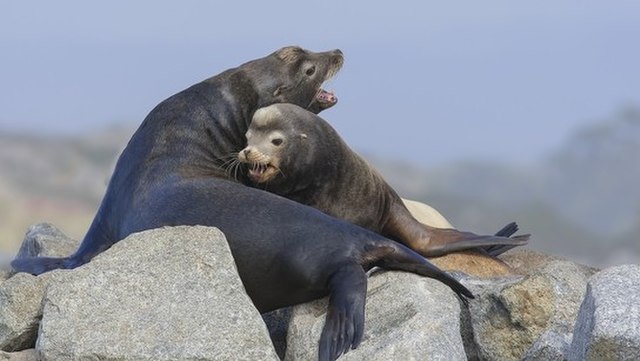
Alan D Wilson
This finding is particularly concerning because cancer is generally rare in wild animals. The incidence of this cancer in sea lions is the highest among all mammals, including humans.
Since its initial discovery in 1979, 18-23% of adult California sea lions admitted to the MMC’s hospital have been diagnosed with and succumbed to the disease.
There’s No Going Back
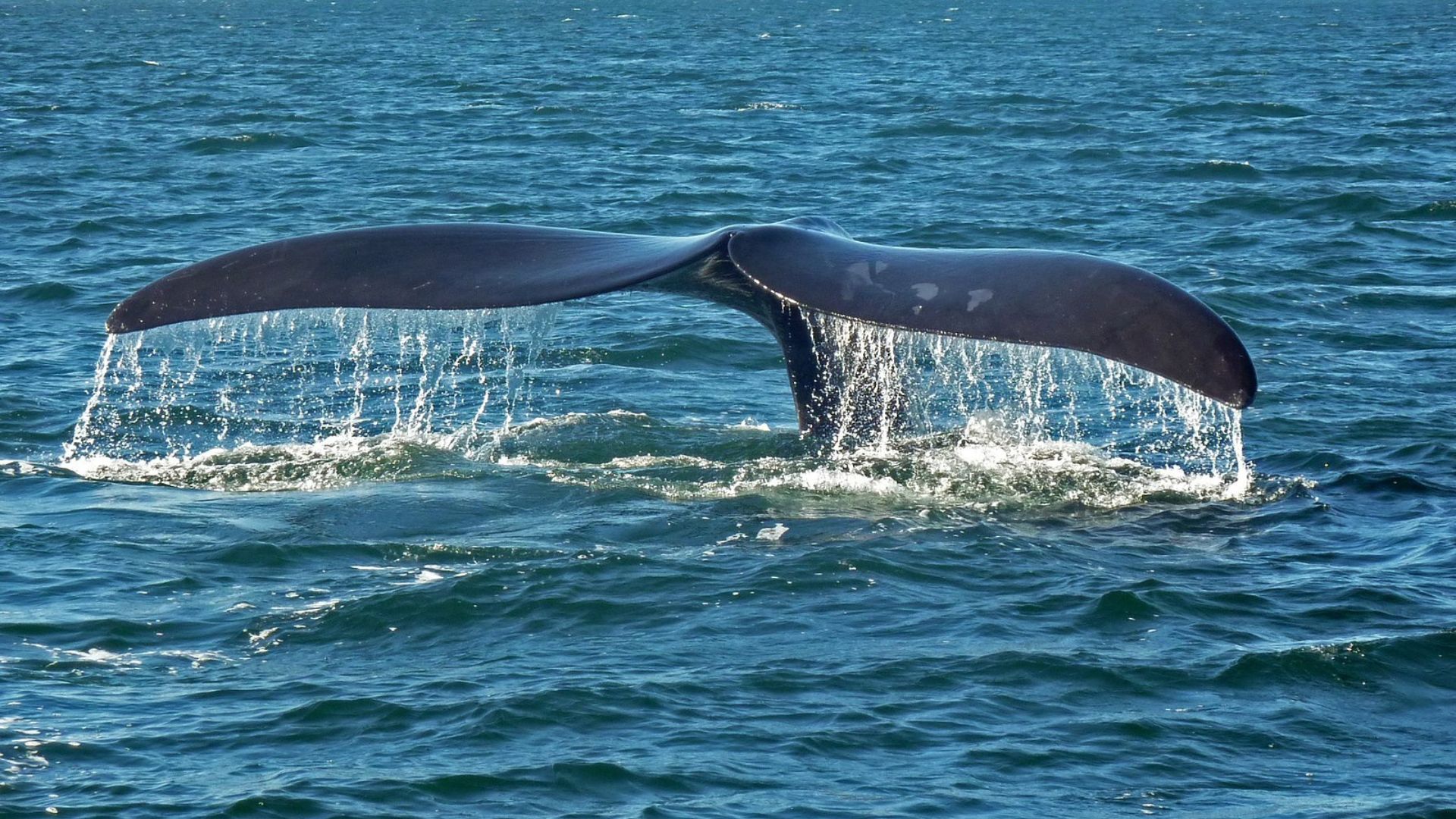
Ken Buesseler of the Woods Hole Oceanographic Institution and the Center for Marine and Environmental Radioactivity highlighted the issue.
Buessler commented “The problem with the oceans as a dumping solution is once it’s there, you can’t go back and get it. These 56,000 barrels, for example, we’re never going to get them back.”
More Harmful Than People Realise
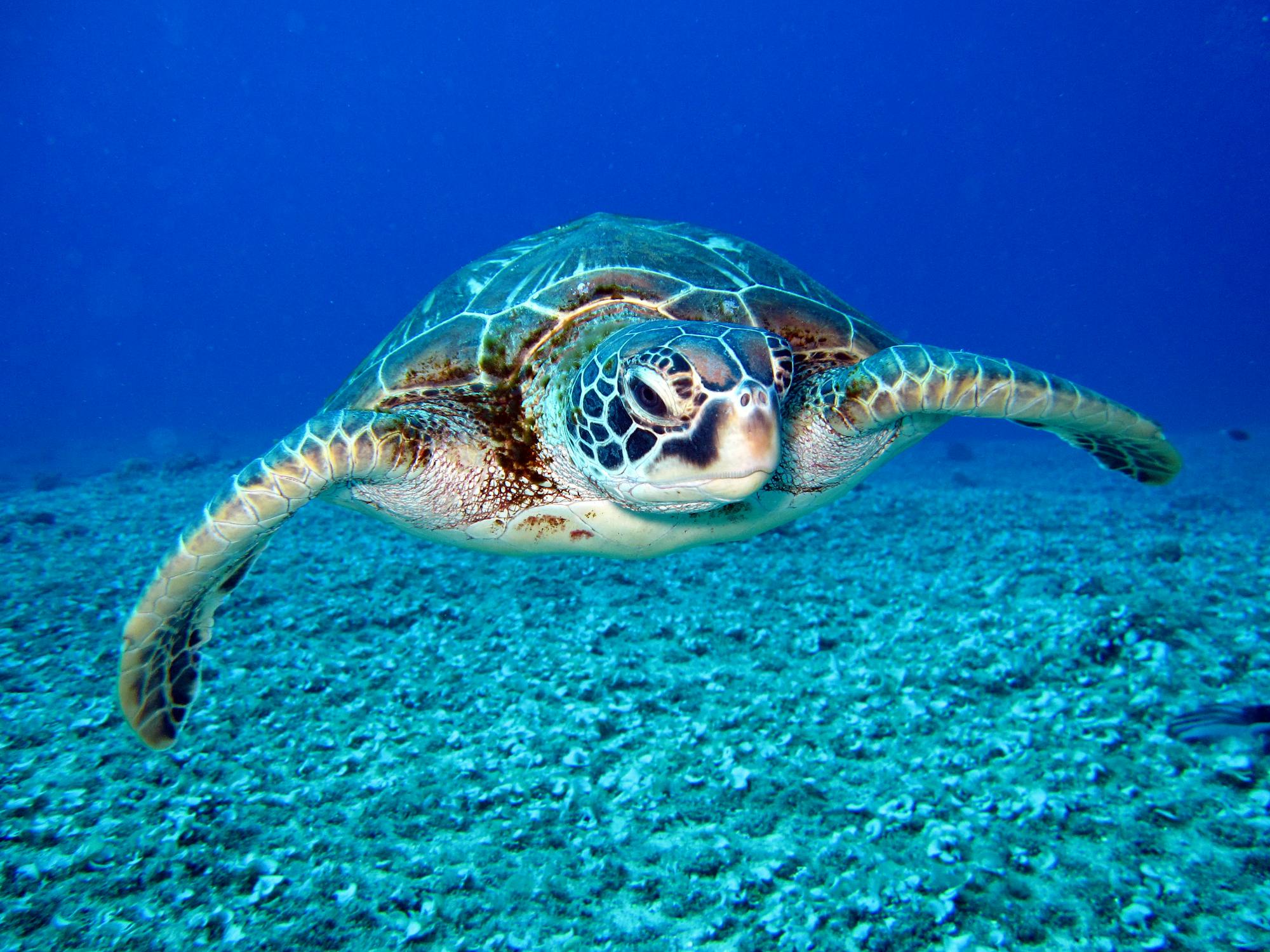
Mark Gold of the Natural Resources Defense Council added: “The more we look, the more we find, and every new bit of information seems to be scarier than the last.”
Gold continued “This has shown just how egregious and harmful the dumping has been off our nation’s coasts, and that we have no idea how big of an issue and how big of a problem this is nationally.”
What’s Being Done to Address the Threat?
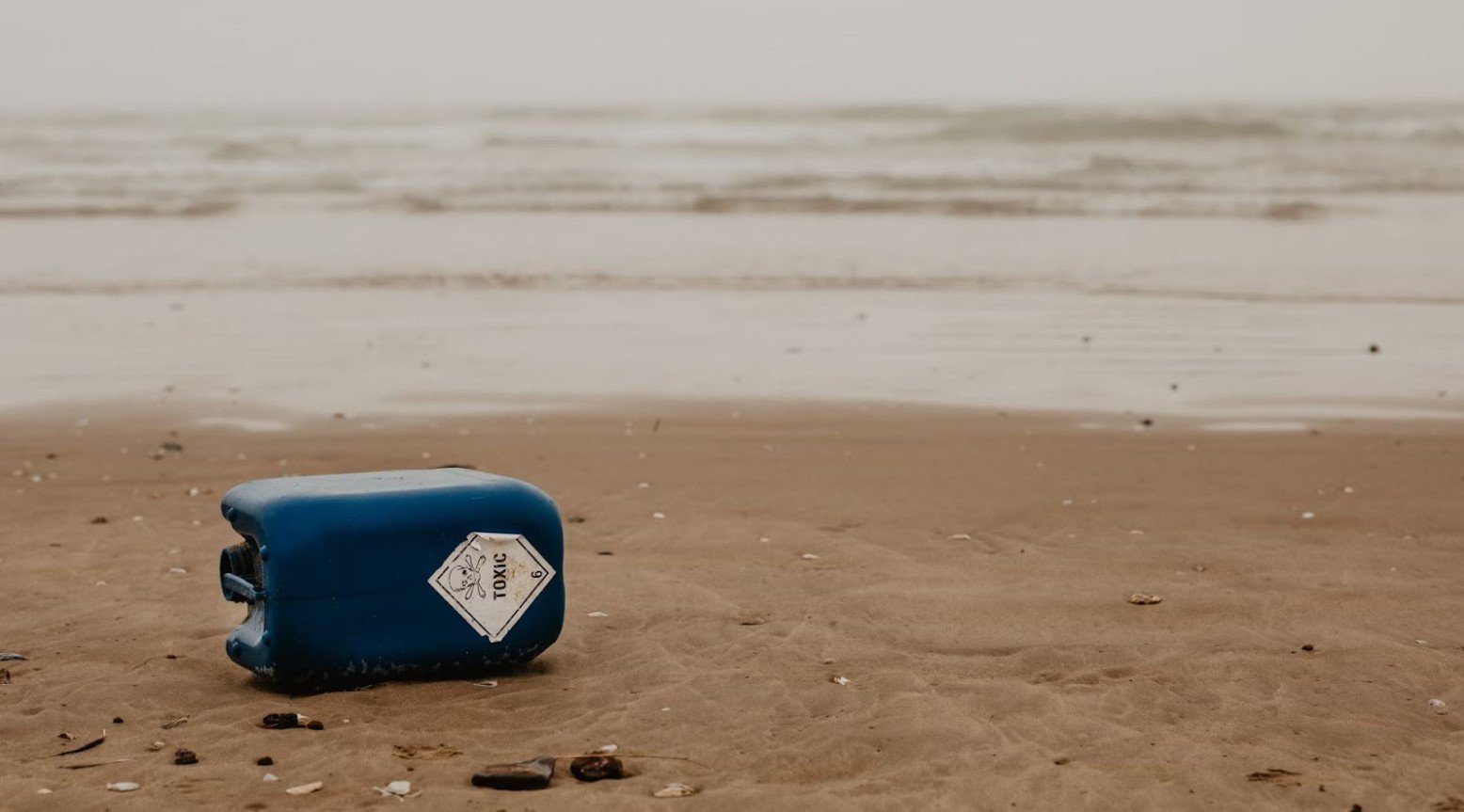
Several members of Congress are urging the Biden administration to allocate long-term funding to address the issue of radioactive waste.
They advocate for a national plan that addresses this toxic legacy over the next 50 years.
Lawmakers Make A Stance

The lawmakers stated “While DDT was banned more than 50 years ago, we still have only a murky picture of its potential impacts to human health, national security and ocean ecosystems,”
“We encourage the administration to think about the next 50 years, creating a long-term national plan within EPA and [the National Oceanic and Atmospheric Administration] to address this toxic legacy off the coast of our communities.”
How We Can Help

Environmental advocates can contribute by raising awareness about climate issues and supporting pro-environmental politicians.
Engaging in these efforts is crucial for working toward a more sustainable future.








































